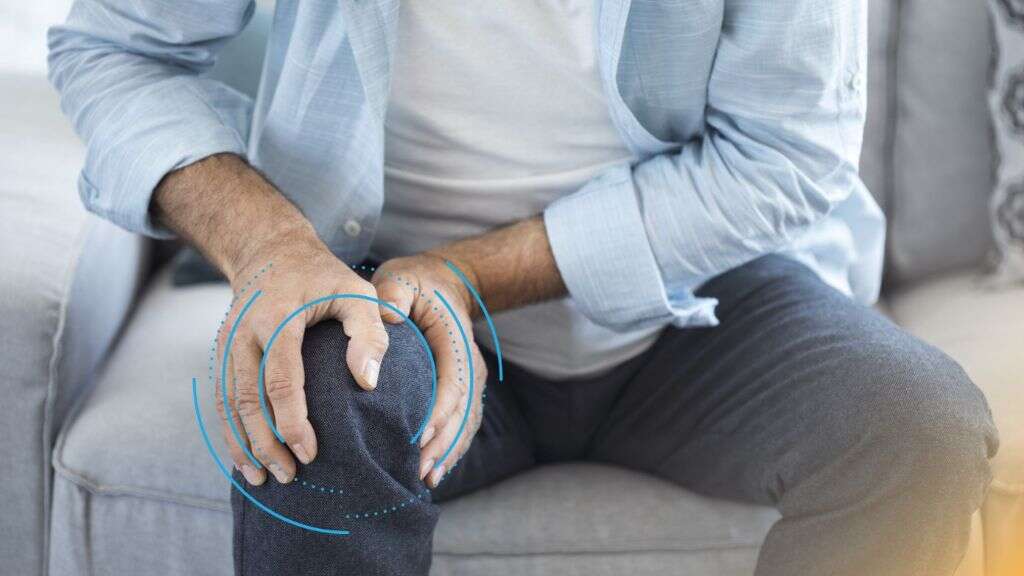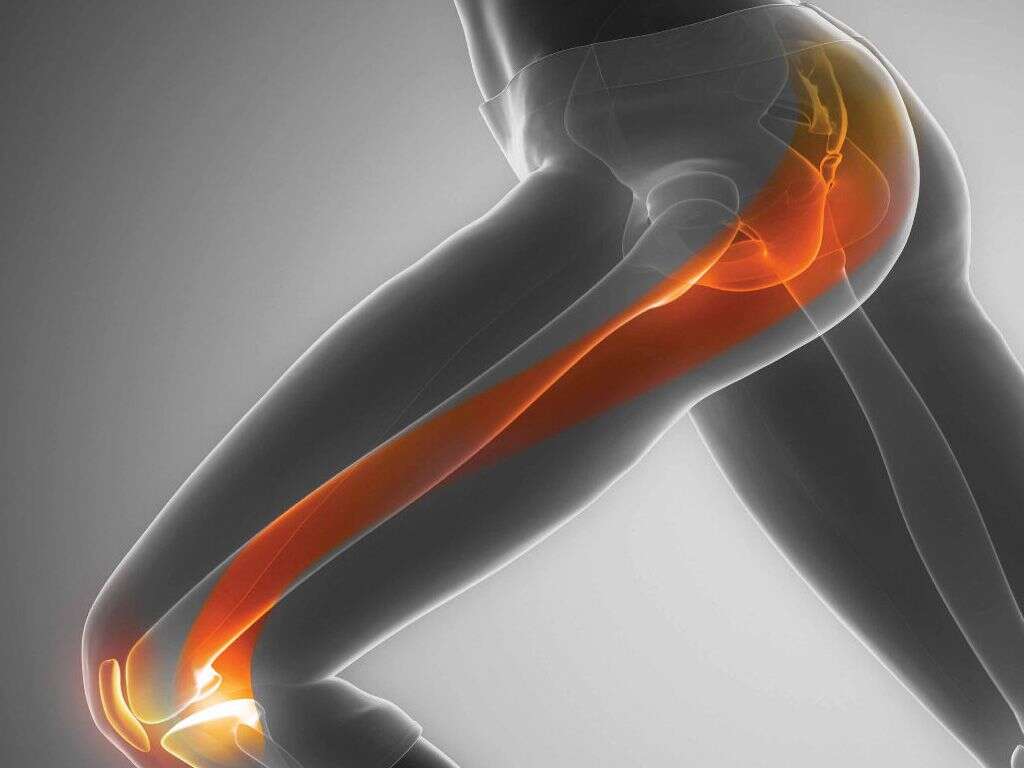Iliotibial Band Syndrome Symptoms
The iliotibial band is a band of tissue that helps to provide strength and stability to the knee. It starts at the top of the hip and travels down the outside of the leg to the shin, and crosses over the knee joint on its way. While its purpose is to help provide strength and flexibility, this band can also cause problems in some people.
Iliotibial band syndrome is a condition in which this band becomes inflamed. This tends to happen because its mobility becomes impaired, the muscles around it become weak or compromised, or the structures that it crosses become inflamed. This will cause a number of unwelcome symptoms, and we have listed some of the most common below.
1. Gradual Onset
Some symptoms of injuries and other conditions are likely to come on suddenly, especially where sudden damage to the body is concerned. The pain in such circumstances is likely to be at its most painful to begin with, gradually fading over time as the injury heals.
Not all conditions are the same, however, and some are barely noticeable at all to begin with. In cases of iliotibial band syndrome, for example, the condition will come on very gradually indeed. To begin with, any discomfort is likely to be very mild, but it can gradually worsen to something extremely uncomfortable if left untreated.
2. Pain When Bending Knee
Our knees are among the most used joints of all in our bodies. After all, they are essential in helping us to get from A to B on a daily basis. Even though they are used so extensively, though, we still barely notice that they are there.
We could walk, even run, for long distances and feel little to no discomfort, asides from maybe feeling tired. In cases of iliotibial band syndrome, however, the patient may experience pain whenever the knee is bent. Even bending the knee when in a resting position can be enough to cause some discomfort for the patient.

3. Pain in Outer Part of the Knee
When trying to diagnose any condition, the exact location of pain or any other symptom being experienced can be a considerable clue as to what the problem is. Iliotibial band syndrome is no exception, and patients can expect to find pain in the area that is just above the outer part of the knee.
Pain here can be caused by a variety of things. It might have been the result of a slight knock, or maybe you have just slept awkwardly at night. It is often easy to try and overlook pains of this type to begin with, but it is a good idea to see a medical professional if the symptom persists.
4. Pain Gets Worse with Activity
It makes a lot of sense that a condition like iliotibial band syndrome would get worse with more activity, and this is exactly what does happen.
As people take part in physical activities, the knee joint gets used more, and this can irritate the condition even further. This means that people who are usually active might need to be less active, at least until the underlying cause of the pain has been successfully dealt with. In some instances, long periods of rest might be necessary, which is far from ideal for sports people and people in other physically demanding jobs.

5. Pain Lingers after Activity
A lot of the time, if you are doing something that is causing you discomfort, then the solution is to stop doing that activity. Depending on the condition, the pain can stop almost straightaway when you stop being active.
This is not the case with iliotibial band syndrome, however. During exercise, the iliotibial band can become inflamed, and this will lead to pain. The inflammation will not die down quickly, however, and this means that the pain will also persist. The pain can linger for some time, potentially making it difficult for the patient to go about their day-to-day lives.
6. Pain in Legs
Most of the discomfort associated with iliotibial band syndrome will be located in the knee area, but this is not the only place that will hurt.
The iliotibial band actually travels from the top of the hip to the shin, and this means that you can also experience pain away from the knee area. Patients with iliotibial band syndrome will sometimes find that they can experience pain up and down their legs. This is down to the iliotibial band becoming inflamed away from the knee area. This will likely make it even more difficult for the patient to be mobile.

7. Tenderness in Buttocks
The gluteus maximus, commonly known as the buttocks, is the largest muscle in our body. They need to be because they have the job of supporting the trunk of the body upright even when we are walking, running, and even jumping.
While they are the largest and most powerful muscles in our body, that does not mean to say they are impervious to medical conditions. For some people, iliotibial band syndrome can cause the buttocks to become quite tender. Again, this will only further add to discomfort and further cause mobility problems for the patient. Even sitting might become difficult for them.
8. Clicking Sensation on Knee
As it travels down the leg, the iliotibial band crosses over the outside portion of the knee joint, attaches to some portions of the knee joint capsule, and also attaches to the tibia.
The iliotibial band crosses over a portion of the thigh bone called the femoral epicondyle which is located close to the knee. When bending and straightening the knee, sometimes the iliotibial band will “snap” over this bony prominence causing a clicking sound. This can either be asymptomatic or cause that portion of the iliotibial band to become irritated.

9. Swelling on Knee
When the iliotibial band is inflamed, this also means that it is going to be swollen, and the swelling can be quite significant in some cases. This swelling can directly cause swelling on the knee overall. In addition, it can also irritate the surrounding tissues and these too can become inflamed, thus causing further swelling.
One of the best ways to deal with the swelling is to place ice on the area. This will help deal with the inflammation, in turn helping the swelling to go down. Patients can also try anti-inflammatory medication, which their doctor can prescribe.
10. Redness on Knee
Just looking at the knee might be enough to tell you that there is something wrong. Not only will it be swollen, as mentioned, but you may also find that the knee is red in appearance. The redness is most likely to be found on the outside of the knee as this is where the iliotibial band is found.
In addition to redness, you may also find that the area is warm to the touch. This is because the body is hard at work trying to repair the area as quickly as possible. These symptoms might occur without any long-term issue being present, but if the symptoms don’t go away, then you should get it checked out of you haven’t done so already.










